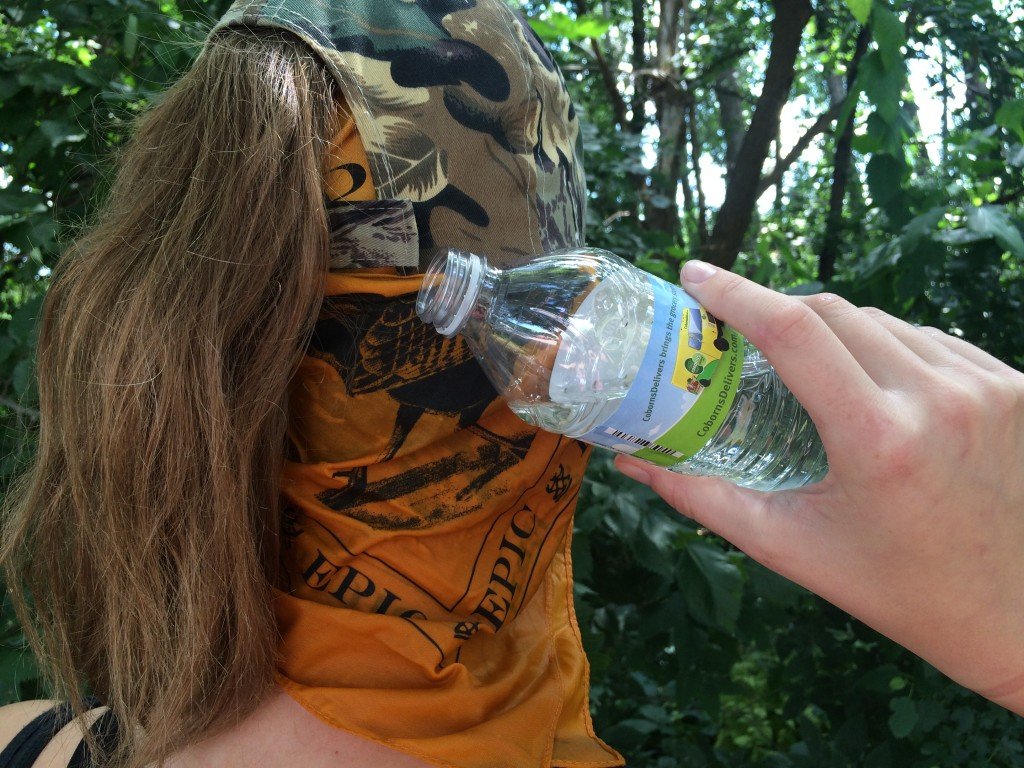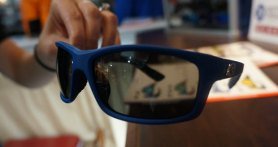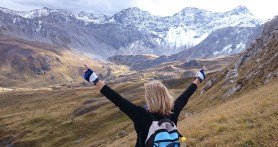

There are two main levels of heat-related illness—Heat Exhaustion and Heat Stroke. Both are bad and can occur independent of the other, but Heat Stroke is most dangerous and can be life-threatening.
If you’re with someone in the heat who suddenly exhibits: changes in mental state or behavior or starts slurring speech; hot dry skin or heavy sweating; nausea; flushed skin; rapid pulse; rapid breathing; headache; fainting; and especially a fever of 104 F or greater – stop, call 911 and get help on the way as fast as possible. Your companion is in trouble with Heat Stroke. What you do next can save a life!

Heat Exhaustion shares some of the same symptoms including faintness or dizziness, nausea, weak but rapid pulse, pale or flushed face, heavy sweating often accompanied by cold, clammy skin, muscle cramps, headache, weakness or fatigue. While not as dire as Heat Stroke, the same emergency cool down actions will help the victim be more comfortable and recover more quickly.
- Get the victim into the shade. Improvise if you have to. Even the shadow of a building or vehicle is better than direct sun.
- Get to air-conditioning if you can do it without exertion for the victim.
- Remove heavy or tight clothing.
- Have the victim drink cool non-alcohol, non-caffeinated beverages if able.
- Spray or sponge cool water onto victim either onto bare skin or onto light cotton clothing or sheets.
- Place ice packs or towels soaked in cold water under armpits, in groin, at wrists, on forehead and on scalp – anywhere blood flows nearest the skin.
- Spray with garden hose or place in a tub of cool water, but be sure to stay close with victim. Begin CPR if the person loses consciousness and shows no signs of circulation, such as breathing, coughing or movement.
Staying out of trouble in the first place is better than having to react to it. You can avoid heat exhaustion and heat stroke by staying hydrated (no alcohol, no caffeine), hugging the shade as much as possible, using evaporation from light clothing to create cooling, and applying ice or cool water to areas where blood flows nearest the skin. A kerchief worn under the back of your hat and down your neck—replenished often with cool water—is a great cooling aid in any situation.
Source: Mayoclinic.org/first-aid/







